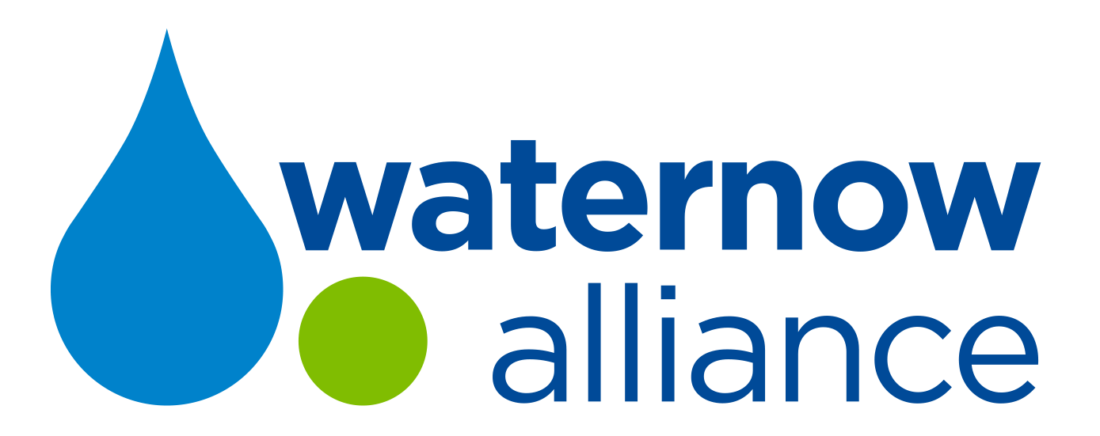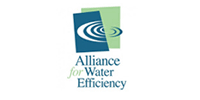The WaterNow Alliance Flexible Financing Initiative
Can public utilities spend capital dollars on consumer rebates? GASB says YES! Read on to learn more about this exciting development Our Approach Policy OutcomesWhat's The Problem?
Many, perhaps most, utilities nationwide provide efficiency, conservation or green infrastructure incentives for their ratepayers, but they’re usually limited, funded at modest levels as annual expenses. To really make a difference and realize the potential that these options have to offer, communities need the flexibility to invest in these programs at a far larger scale than they can generally fund with operating cash – at least not without an unwelcome increase in water rates.
This is why it is important to consider whether and how utilities can capitalize these programs – that is, to treat these expenditures as long-term assets allowing utilities to spread out costs over the life of the benefits they provide as utilities would for any other capital investment. A 2014 white paper by Ceres and the Alliance for Water Efficiency noted that distributed infrastructure can provide long-term water benefits similar to more traditional infrastructure projects, and therefore it makes sense for utilities to have the option of accessing similar funding mechanisms.
What is “Distributed Infrastructure”? Water conservation, reuse, green infrastructure and other decentralized, consumer-side-of-the-meter technology and strategies, which when aggregated can generate very significant water supply, water quality and other benefits for the utility and the public. Studies have shown that these strategies have tremendous potential to make communities more water secure, environmentally healthy, and to keep water costs more affordable than many traditional alternatives.
What's Our Policy Goal?
To open the door for water utilities to deploy capital funds for innovation, efficiency and other distributed water systems
Water utilities will always need to invest in pipes, tanks, pumps and other forms of conventional infrastructure. WaterNow Alliance aims to create greater financing flexibility for these public agencies to make similar, long-term investments in innovative water supply and quality solutions that make sense for their communities.
Redeploying even a tiny percentage of the billions that public utilities spend every year on conventional projects to support innovative distributed solutions would unlock millions in new investment for these programs, jump-starting greater community resilience – and in many cases keeping rates more affordable.
What's Our Approach?
To Secure GASB Guidance Clarifying When/How Utilities May Capitalize Expenditures for Distributed Infrastructure
After conducting an in-depth analysis and research, WaterNow Alliance and its team of bond lawyers, financial experts and utility partners concluded that there is no need to ask GASB to change any of its existing Standards or rules because GASB Statement 62 provides a clear path forward for public utilities opting to capitalize investments in distributed infrastructure. GASB Statement 62 addresses the abilities of public entities – such as water and wastewater utilities – to record “regulated assets” in their books for costs that would otherwise be expensed under general accounting principles. The basic criteria for treating these types of expenses as regulated assets is that the entity is governed by a board with the authority to collect rates sufficient to recover the cost of the expenses over time – a situation met by virtually all public utilities.
What's the Outcome?
The primary opportunities to expand adoption and deployment of sustainable water technology and innovation will be at the local level.
We are pleased to report that in May 2018 GASB has provided this clarifying guidance in its 2018 Policy Implementation Guide! You can find out more on WaterNow’s Tap into Resilience website — an online resource with information on how to take advantage of this financing opportunity all in one place.
This opens the door to far more utility investment in innovation, efficiency and green infrastructure. Increased availability of capital financing for these solutions is a critical step in helping our communities to become more sustainable, water secure and resilient while ensuring that water is accessible and affordable for all.
In Phase 2 of WaterNow’s initiative – Tap into Resilience – we are working directly with local decision makers to scale public investment in a resilient water future using the onramp created by the Flexible Financing Initiative’s work with GASB. Find out more at: tapin.waternow.org.
Thanks to Our Partners
WaterNow Alliance’s principal partners for this initiative include:
Alliance for Water Efficiency
Ceres
Earth Economics
Moss Adams LLP
We’re grateful for the pro-bono legal support being provided by:
Norton Rose Fulbright, US LLP
Orrick
This initiative was recognized as an Imagine H2O California Water Policy Challenge finalist. Learn more about it here.







